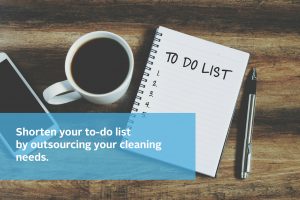Schools provide an excellent breeding ground for the influenza virus. To help keep children in school and the flu virus out, use these school cleaning tips to promote a healthy environment for education.
The best defense against the virus is proper cleaning. Proper school cleaning procedures include cleaning, disinfecting, and sanitizing. Cleaning simply refers to the removal of germs, bacteria, and other harmful microbes, from surfaces or objects using soap and water. Disinfecting means using chemicals to kill germs on surfaces; and sanitizing means lowering the number of germs to a safer level that is according to health standards.
Depending on what type of school you are cleaning, you can assess which areas are most often touched. Ask yourself a few questions about high traffic areas before you start on your school cleaning. Do the students spend more time at their desks than moving around? Do they use some objects much more than others? Be sure to give extra attention to these areas.
Visibly dirty areas should be cleaned as quickly as possible, and if it looks like someone had an accident, be sure to use standard precautions for body fluids. Before you start cleaning at a school, be sure to research your cleansers! Are they safe for use around children? Are they the right products to use for the task you have? Will they kill the correct germs?
The best way to keep children healthy in schools is to provide the cleanest environment possible, and the way to do that is with superlative school cleaning. Jani-King knows the importance of a thoroughly clean school environment. They offer 24-hour operations support and inspections for schools of all levels, for both public and private institutions.



